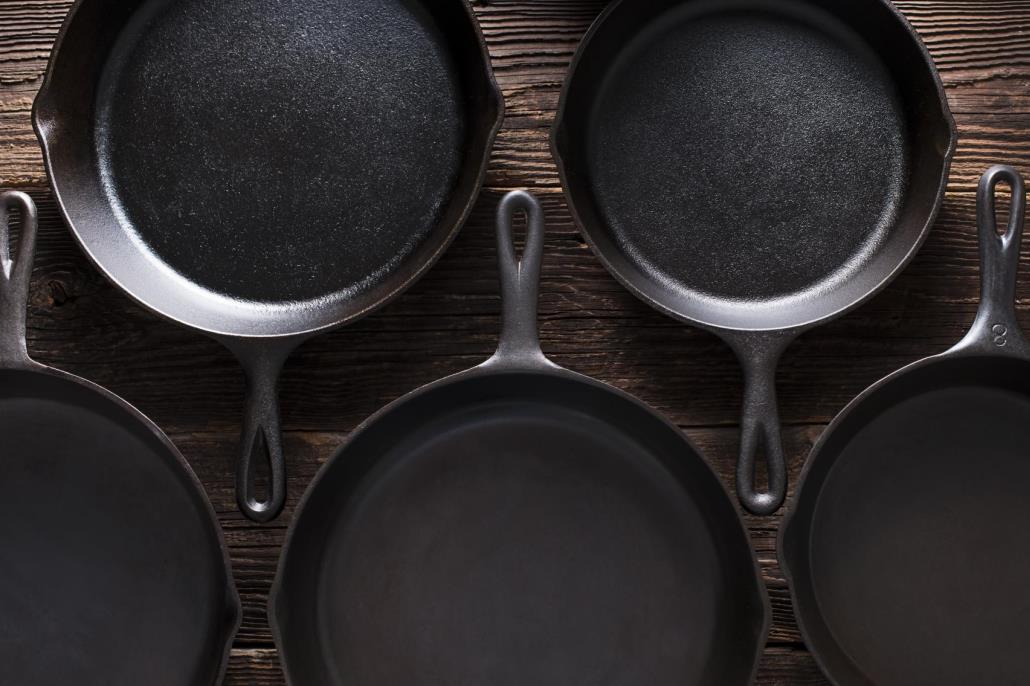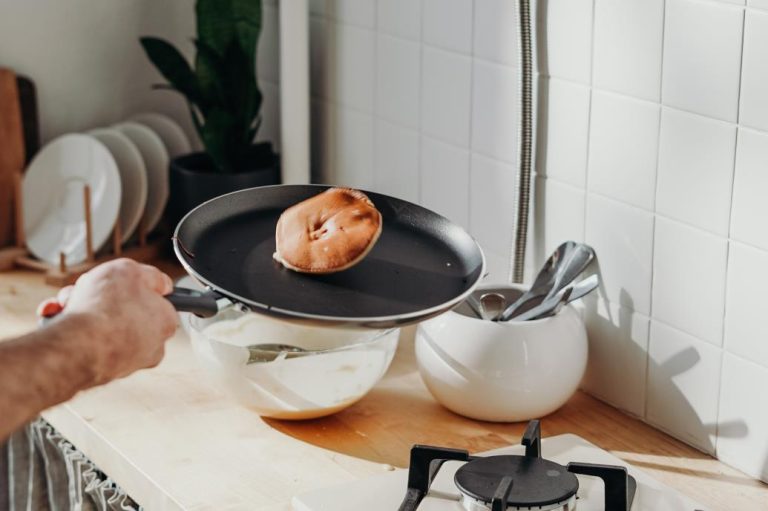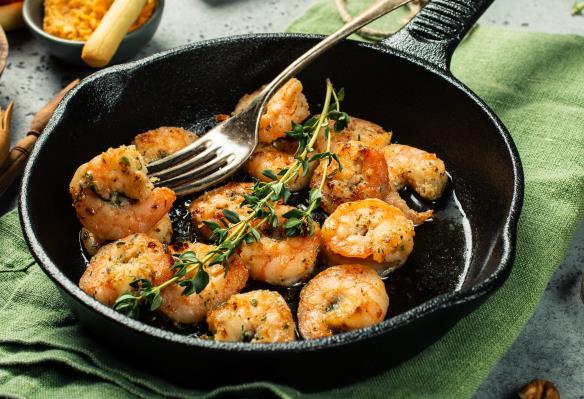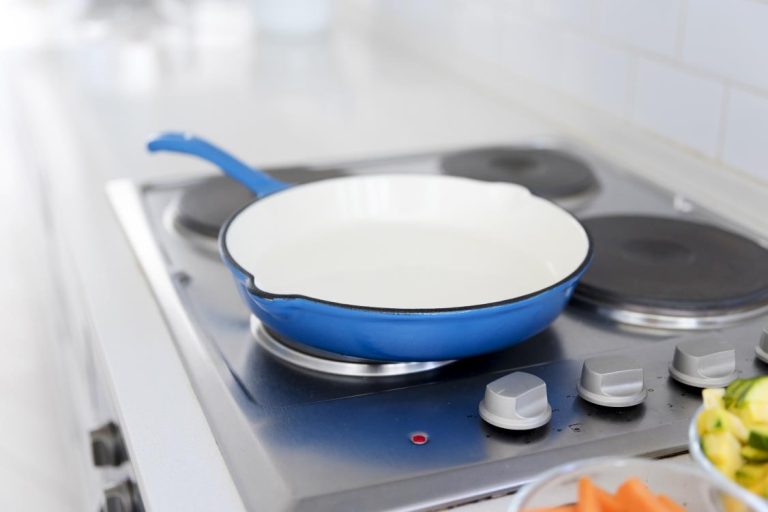The cookware material shapes the cooking experience. It affects how long and high to keep the heat, what to cook, and how to clean after. In countless cookware materials, cast iron is one of the most sought-after choices for cooks. Cast aluminum is a newcomer that boasts a lightweight build and similar heat retention properties.
With both having good features, it can be difficult for shop owners and managers, as well as for consumers, to figure out which one to choose. In this article, we will compare cast iron and cast aluminum. Read to the end to find out which one has the potential to sell more than the other in your store.
What to look for in cookware material?
There are several considerations to make when determining the best cookware material for your customers. Here are the details you should keep an eye on.
- Heat retention: The cookware’s ability to stay hot. The longer the surface remains hot, the better it is, especially for slow cooking and searing.
- Thermal conductivity: The cookware’s ability to get hot. As a general rule of thumb, thinner cookware gets hot the fastest. It is important as no cook would want to wait for minutes on end for their cookware to get hot, but not as much as heat retention.
- Safety: Cookware materials can discharge chemicals ingested with the foods cooked. All cookware materials emit some sort of chemicals, but all must be safe both for food and us.
- Durability: Customers expect to get multiple years of life from their cookware. Some stay in top shape for decades; some can barely last a few years.
- Maintenance: Different cookware materials have ranging needs. The care a cast iron skillet requires is immense compared to a non-stick pan. If your customers aren’t up for upkeep, it will make an unfavorable product.
- Stovetop compatibility: Particularly with induction cooktops, not all cookware materials work. The cookware material needs to be magnetic for induction cooking.
- Price: As with any other product, the price is critical for users. Some cost a fraction of the others that are easy to replace, and others cost a lot but offer to be lifetime-long cooking servants.
Buy Wholesale Cookware and Start Scaling up with Us Today
Contact us and connect with a sales rep to get a free quote.
What is cast iron?
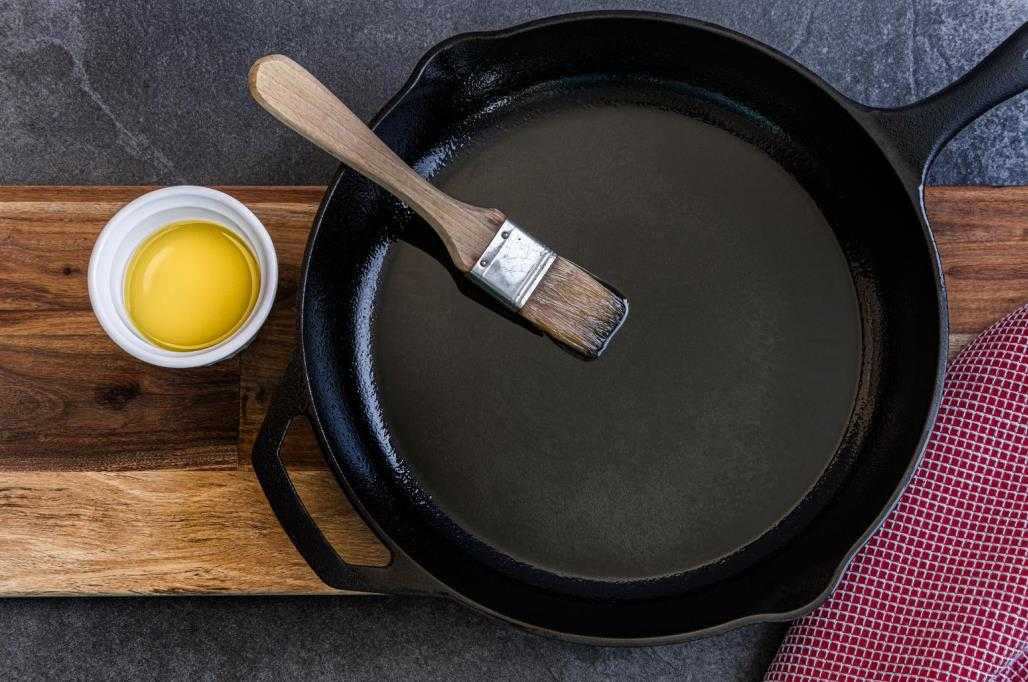
Cast iron has been at the forefront as a cookware material for centuries. They are heavy, sturdy, and last forever, provided with adequate care. Cast iron cookware is simply manufactured by melting iron into a mold to get the desired shape.
This cookware material is well-recognized, and many kitchens have at least one. It provides excellent heat retention, has a natural non-stick surface with seasoning, and can be utilized for a variety of cooking methods, including baking in the oven.
The seasoning is a must for cast iron to prevent foods from sticking. Otherwise, it will not only stick but also burn food. Because of this, cooks need to apply oil on the surface after cleaning to replenish the seasoning. Using metal utensils is also not good for the seasoning as they can strip it off. Wooden and silicone utensils are best to preserve the coating and keep a scratch-free surface.
The possible downsides to cast iron cookware is its maintenance needs that can bring rust if overlooked and its heavy nature. Simply washing a cast iron skillet with a scour pad, rinsing it, and leaving it to air dry isn’t a good idea. It can rust before you know it. Cast iron cookware must be dried immediately after rinsing and generously coated with oil before storing.
Advantages of cast iron
- Excellent heat retention
- Inexpensive
- Natural non-stick surface
- Incredibly durable
Disadvantages of cast iron
- It takes a while to heat
- Heavy
- Requires high upkeep
What is cast aluminum?
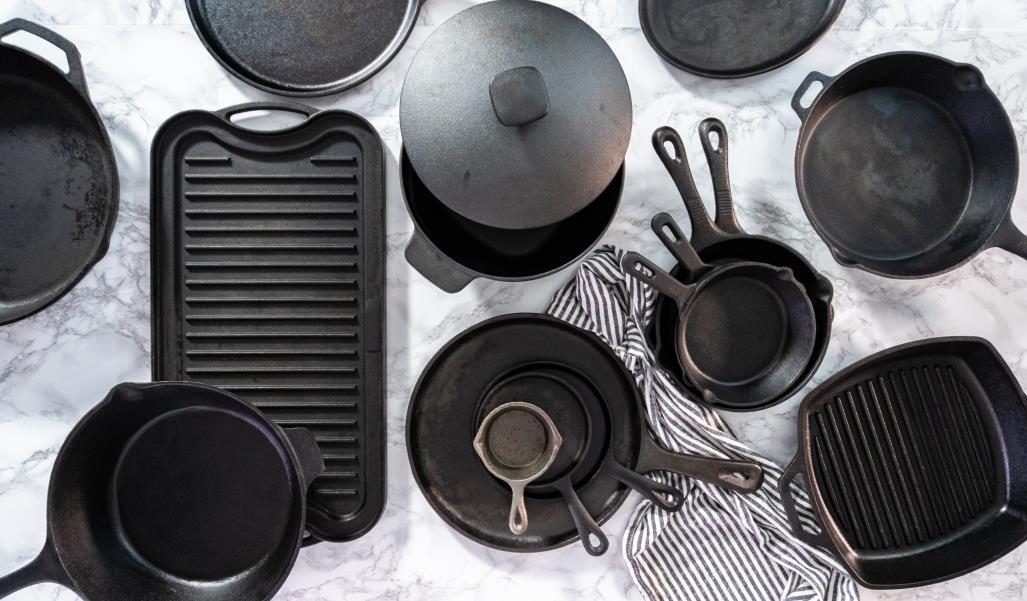
Unlike aluminum cookware, in which most are cut and pressed to get the desired shape, they are melted into a mold. This makes the cast aluminum cookware different from the thin, shiny aluminum cookware. As a by-product of the thickness, cast aluminum cookware retains heat much better than standard aluminum cookware.
Most cast aluminum cookware needs seasoning, but there are varieties with a ceramic coating (enameled) on the surface that don’t. These have an already equipped non-stick surface. The ones without coating require seasoning, just like cast iron.
Aluminum cookware is lightweight, heats up fast, and retains a hot surface well, whether with or without coating. Cast aluminum also doesn’t rust, which makes overlooking cleaning somewhat forgiving. Nonetheless, all cookware materials should be cleaned shortly after cooling to room temperature.
While many of these are beneficial, it is not to say that cast aluminum doesn’t have any downsides.
They aren’t very durable, at least compared to cast iron. Most cooks can get a maximum of five years from good-quality cast aluminum cookware. Cast iron aluminum by standard doesn’t work with induction cooking. However, manufacturers attach a magnetic base to make it work. This addition can be found in cast aluminum griddles, pots, pans, and other types of cookware.
Advantages of cast aluminum
- Inexpensive
- Lightweight
- Good heat retention
- Good thermal conductivity
- Natural non-stick surface (varieties also have ceramic coating)
Disadvantages of cast aluminum
- Isn’t very durable
- Doesn’t always work with induction stovetops
- Requires high upkeep
Cast iron vs. cast aluminum
Now that we’ve gone over the features of each, let’s look at the differences between cast iron and cast aluminum cookware.
Cast iron holds heat better

Cast iron is notorious for its ability to keep a hot surface. The foods continue cooking even after turning the heat off. The heat retention of cast iron is perfect for slow-cooking foods, braising, and searing. Yet, cast aluminum cookware also provides good heat retention that beats stainless steel, non-stick, copper, and other cookware with a usually thin build.
Cast aluminum is more affordable
You can sell decently sized cast aluminum cookware for about $20 or so, whereas your customers will need to pay more for cast iron. Luckily, an extra $10 won’t bat an eye. That said, although cast iron is not expensive, cast aluminum is more affordable.
Cast iron is more durable
It isn’t an uncommon sighting to find a half-a-century-old cast iron skillet in flea markets. These things are indestructible, whereas cast aluminum tends to last a mere five years or less. Even if cast iron rusts, gets heavily scratched, or burns up, it can be restored. Cast iron cookware assures buyers – knowing that their purchase will last a long time.
Cast aluminum heats quicker
Cast iron takes time to heat sufficiently to cook foods. Because they tend to be thicker and are poor heat conductors, cast iron feels very slow to heat. Cast aluminum cookware isn’t the fastest but certainly not displeasing to wait.
Cast iron can bake
Cast iron is a perfect replacement for a baking tray. The heat retention of cast iron contributes to fluffing cakes and browning a whole chicken.
Cast aluminum is lighter
Cast aluminum is fairly lightweight, averaging about five pounds. Although some prefer heavy cookware for being stable, many complain about how cumbersome cast iron feels. It isn’t that pleasant to shake a skillet that weighs up to ten pounds. Add a lid, and what you’re cooking in there, you’re looking at 20 pounds.
Buy Wholesale Cookware and Start Scaling up with Us Today
Contact us and connect with a sales rep to get a free quote.
Cast iron vs. cast aluminum: which one to sell in your store?
Cast iron and cast aluminum are different but share a fair amount of similarities. They follow the same manufacturing process and are thick. However, cast aluminum is about 50 percent lighter, gets hot quicker, and is more affordable. On the other hand, cast iron retains heat better and lasts significantly longer but heats slower. Considering these traits will make one better than the other, depending on user preferences.
Nevertheless, selling both cast iron and cast aluminum cookware offers more options to shoppers. If you’re only selling skillets, cast iron is a better pick for most stores. For pots and similar cookware, cast aluminum is an excellent, affordable alternative to expensive enameled cast iron.
Many shops can benefit from only selling cast iron skillets and a few options of deep cast aluminum cookware. Still, cast iron is a step further in terms of popularity and sales in most stores.
We supply stores with a variety of kitchen products. LeeKnives can be the only wholesale supplier you’ll ever need, from kitchen knives to cutting boards to anything kitchen-related. Get in touch with us to request a free quote.
